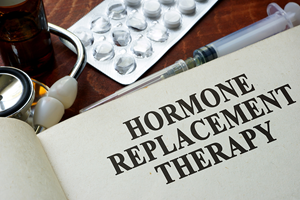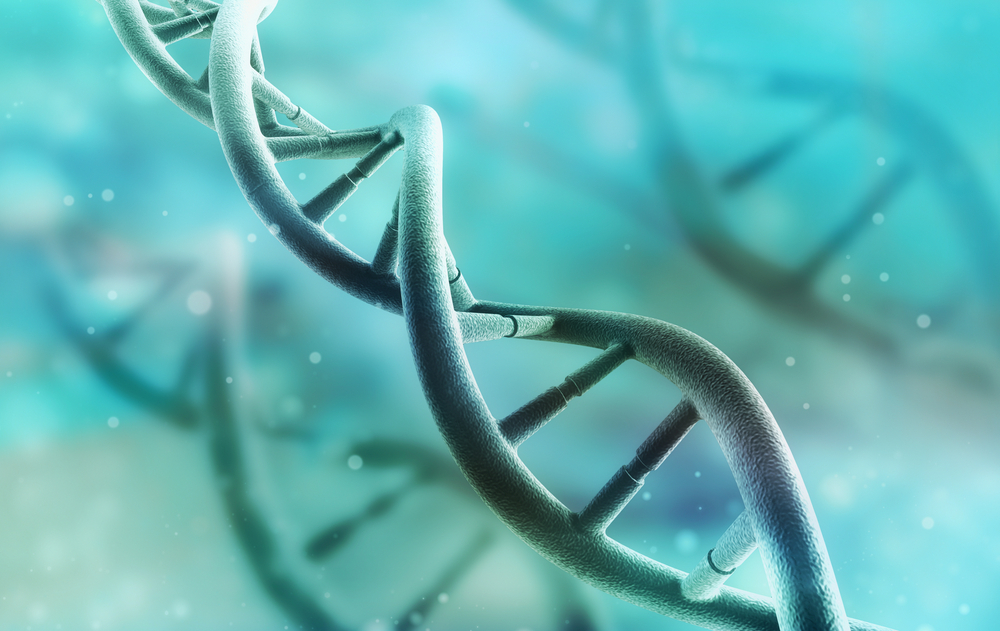If the Strains of Human Papillomavirus (HPV) that Cause Cervical Cancer Are Infections, Why Doesn’t Our Immune System Protect Us? And Why Is a Vaccine Effective?
Your Menopause Question: If the Strains of Human Papillomavirus (HPV) that Cause Cervical Cancer Are Infections, Why
Doesn’t Our Immune System Protect Us? And Why Is a Vaccine Effective?
Our Response: A brief on our immune system first. Genital tract epidermal cells called karatinocytes initiate our innate and adaptive immune responses by expressing a number of toll‐like receptors (TLR) involved in activating our (the host) immune pathways. Activation of TLRs on karatinocytes result in Type 1 interferon (IFN alpha and beta) and Th1 type cytotoxic responses.
Our innate humeral response is always ready and begins acting against infectious agents upon initial contact. This system
responds to virally infected cells that produce Type 1 interferons by releasing natural killer cells (NK cells) to destroy the infected cells. Phagocytes, including neutrophils, macrophages, and other cells, then ingest and degrade the resulting cellular debris.
The cellular debris from these dead, infected cells stimulates our adaptive immune system to produce CD4+ and CD8+ cells, whose principle role is to destroy remaining infected cells and eliminate the sites where viruses are active.
Because our body is unable to recognize the HPV virus, it cannot destroy it, thus making HPV the “perfect pathogen.” How can this be?
Anatomically, karatinocytes at the cervical squamo‐columnar junction originate as primitive stem cells at the basement
membrane. As these cells grow and differentiate, they progress toward the surface, ultimately aging and dying. These cells then are captured in a standard Pap smear.
From animal and in‐vitro studies, it is now known that the HPV initially attaches itself to the basement membrane by binding to heparin sulfate proteoglycans. Then, within 24 to 48 hours, the virus enters what are described as “wounded’ stem cells, but it avoids any systemic reaction, thereby bypassing the host’s defense system. Integration of high‐risk viral DNA into the host genome is critical for the subsequent adverse advents. Initially, viral replication occurs independent of the karotinocyte cell cycling and viral gene expression is minimal. Importantly, the oncoproteins E6 and E7, which are produced by HPV, at this time are tightly controlled. Unchecked, oncoproteins E6 and E7 can alter normal cell cycle control and cell death.
But, as the karotinocyte begins to differentiate in the upper layers of the cervical tissue, upregulation of viral gene expression occurs, and excessive production of oncoproteins E6 and E7 increase. The result is cellular DNA instability from disruption of normal growth control of karatinocytes. The key events for HPV disruption occur in the fully differentiated karatinocyte, far from the basement membrane site where the virus initially “wounded” and invaded the primitive stem cells.
If HPV is so successful in evading our immune system, how does the HPV vaccine work?
Recall that once the HPV reaches and attaches to the basement membrane, there is a 24‐to 48‐hour lapse in time before the virus enters and wounds the primitive stem cells. Current vaccines contain components of the HPV viral coat protein called virus‐like particles, (VLPs), from specific strains such as 16, 18, and a growing number of other documented strains. Depending on the specific vaccine administered, VLPs of specific HPV strains activate humeral antibody responses and initiate innate and adaptive immune responses. It is believed that the effectiveness of these antibody responses is based on the fact that they block HPV after it has attached to the basement membrane, but before it can wound and enter the stem cells.
Many questions remain to be answered. For example, why do 80 to 90% of genital HPV infections in young women resolve with time, yet in older women, 10 to 20 % of individuals develop persistent cervical HPV infection? If one could create an inflammatory response in the cervical tissues, would our immune system respond and destroy the residual HPV? And what other cancers are a result of HPV infection?
James Woods | 12/4/2020



